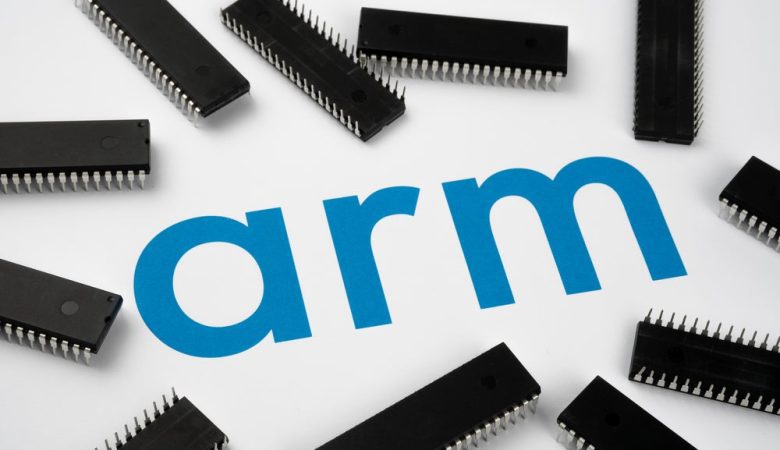
When deciding what to eat, children think about what the mother would like them to eat. The paper, recently published in Nature-Communications , points to specific areas of the brain that children activate when making food-related choices.
Food choices in childhood can build health-related life-long behavioral patterns. However, children’s decision-making behaviors, including the neural mechanisms behind food choices, remain unclear.
Amanda Bruce’s team at the University of Kansas Medical Center used behavioral tests and functional magnetic resonance imaging data to study the behavior and brain activity of 25 children aged 8 to 14 when choosing food. They showed children pictures of more than 60 foods, including apples, broccoli, fries, and marshmallows, and asked them to evaluate the health attributes of these foods. They asked some children how much they liked a certain food (their personal choices), and asked another child to guess the possibility that the mother would give them a certain food.
The researchers combined these results into a behavioral model and showed that the best way to explain children’s food choices is to combine their own tastes with their guessed mothers’ expectations of their choices. Functional magnetic resonance imaging data further shows that children’s own food choices activate the brain’s area responsible for reward-related values, the ventromedial prefrontal cortex (vmPFC), while speculating that their mother’s food choices will allow the self-controlled brain Area-left dorsal prefrontal cortex (dlPFC) is activated.
In addition, researchers found that dlPFC has a suppressive effect on vmPFC’s brain activity when children make food choices. The results show that, at the neuron level, adult preferences have a moderating effect on the decisions of developing children . (Source: Science Newspaper Red Maple)











